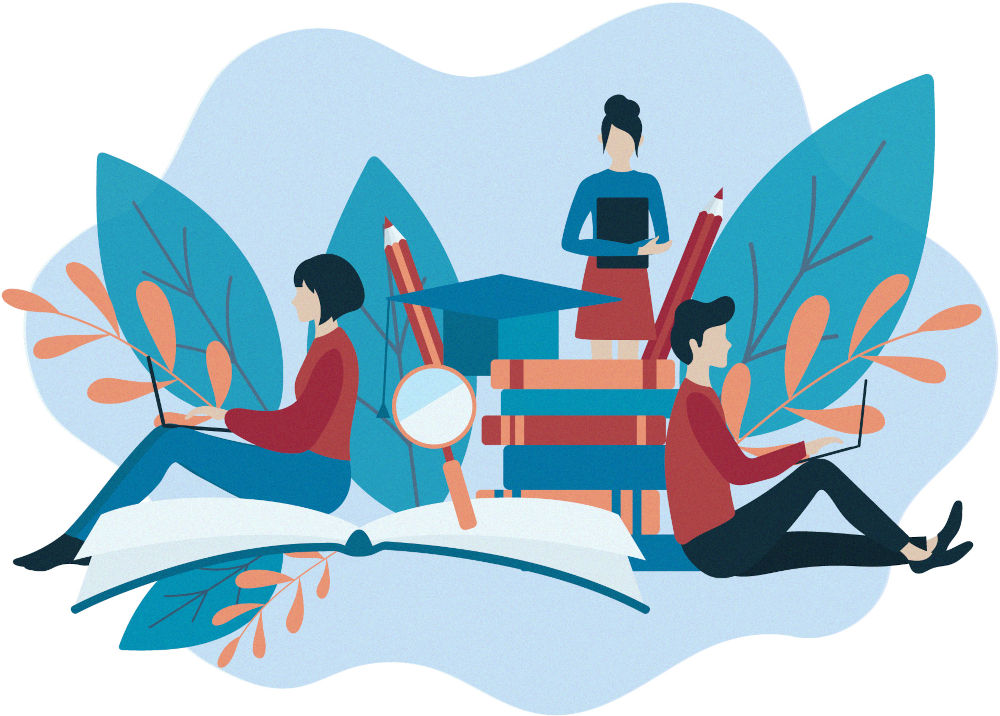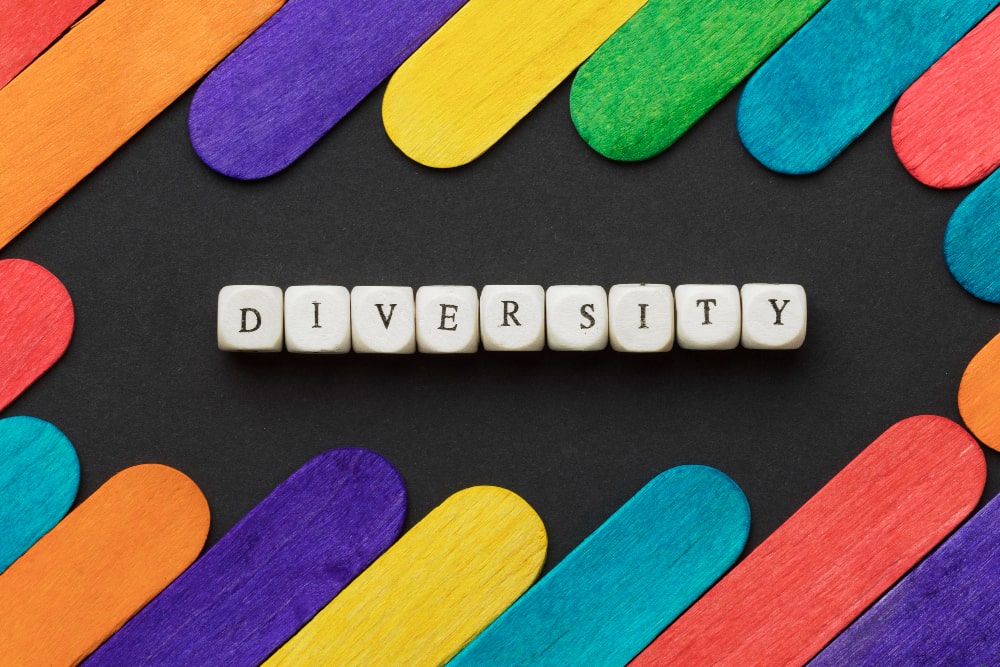The idea that all people have an environment—personal, therefore—where they learn is inherent to the fact that people learn throughout their entire lives and at every moment.
Throughout history, people have always had a network of social connections and basic sources from which to learn. This “network” has always been shaped by the reliable sources of knowledge that were available and from which it was understood they should learn. Initially, the learning environment was limited to the tribe and family, then it included a master whom we apprenticed under. With the emergence and proliferation of books, the environment expanded to include written texts, and when formal schools appeared, they centralized nearly all of these elements.
We have always had a personal learning environment, though it is likely we were not aware of it, nor did we need to be. This was especially true because the scarcity and specialization of information sources made a fully centralized model, centered around an expert-teacher who provided us with relevant information for life, more than sufficient—even though we continued learning outside of this formal model.
However, with the advent of the Internet, Web 2.0 technologies, and the widespread access to mobile information, things have changed. We are now in what Weller (2011) calls the “era of abundance” in education. Today, we can quickly and easily access all the information that previously comprised the bulk of school-based education (the content), and we can also discuss, recreate, and debate it with others. The information available to us has multiplied by several orders of magnitude. Almost anything we’re interested in is just a click away.
We can access a vast amount of information, resources, and conversations on nearly any topic, from diverse sources, with heterogeneous perspectives and multiple origins, in an extraordinary variety of formats. We can filter all this information and have it “delivered” to us at a time, in a format, language, and on a device that best suits us.
This means that the experiences, exchanges, and activities enabled by the use of technology have multiplied, diversified, and personalized our learning environments in an extraordinary way, to the point that centralized and common learning environments now seem insufficient and impoverishing.
From this arises the PLE (Personal Learning Environment), or EPA in Spanish (Entorno Personal de Aprendizaje), where each individual creates a network that contains resources through which they learn, share with the community, and create content (though these three spheres do not necessarily have the same weight or occur synchronously).
Authors: Linda Castañeda – Jordi Adell (Personal Learning Environments: Keys to the Networked Educational Ecosystem. Ed. Marfil)





0 Comments